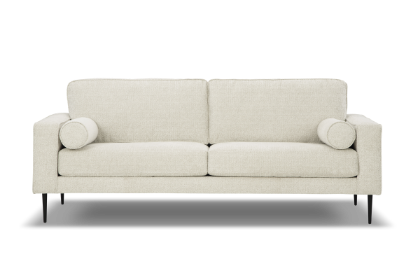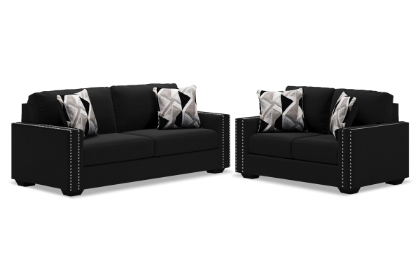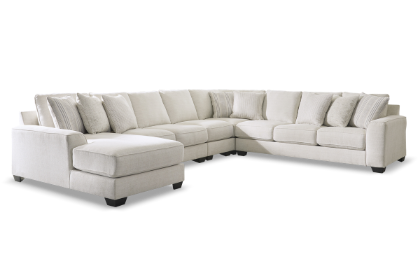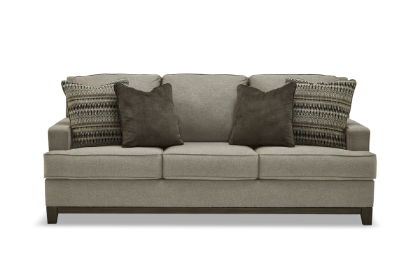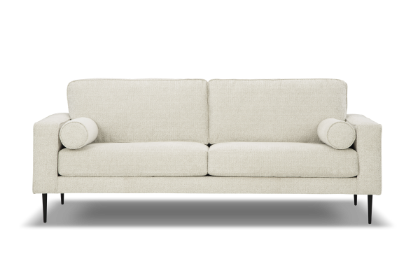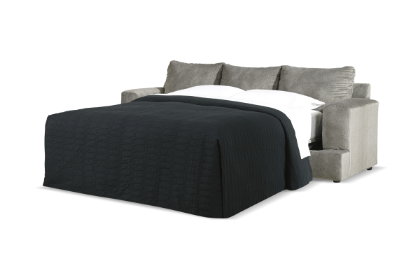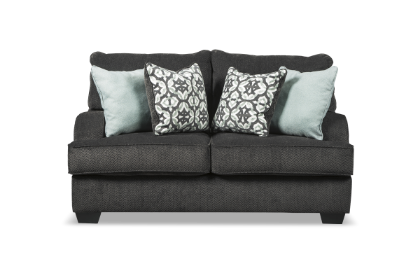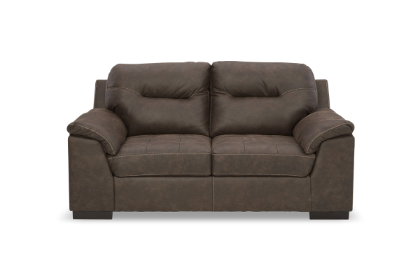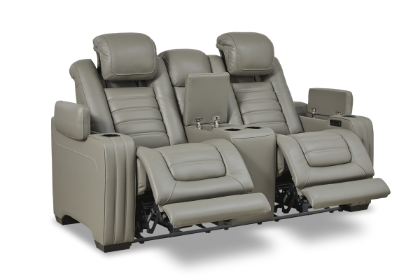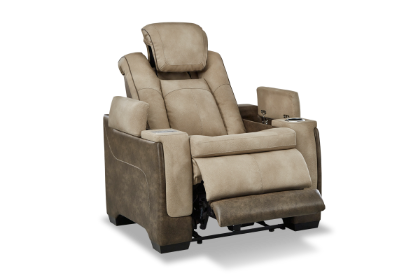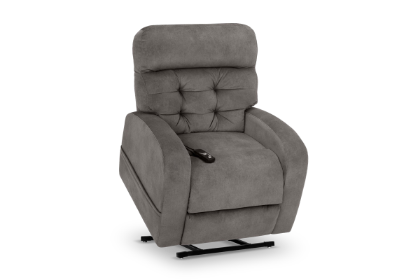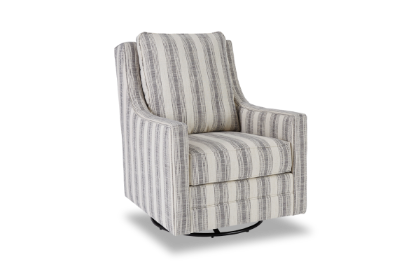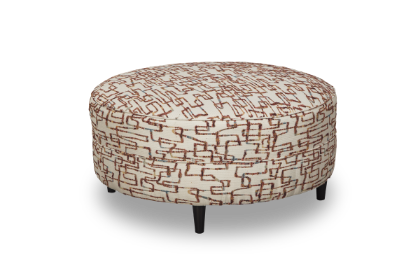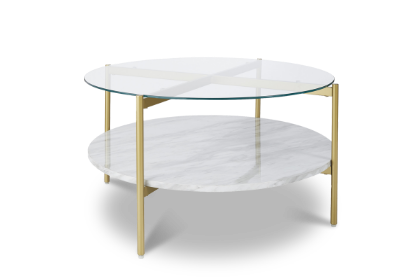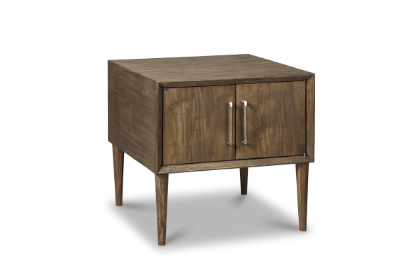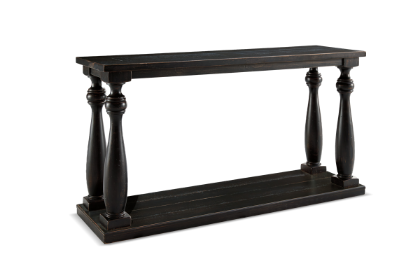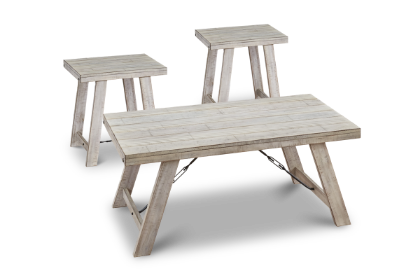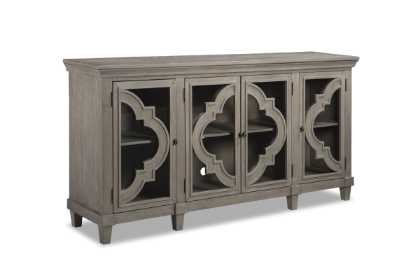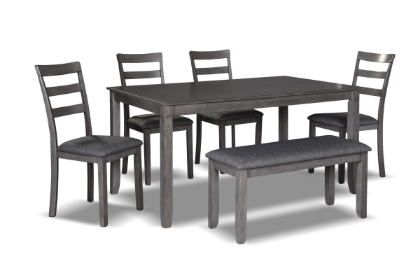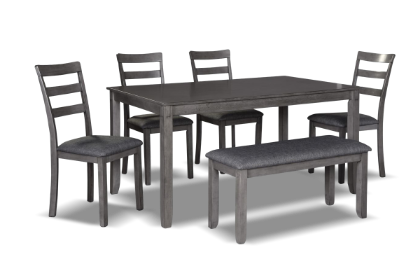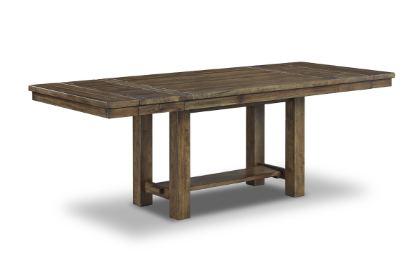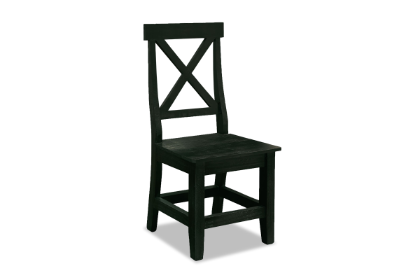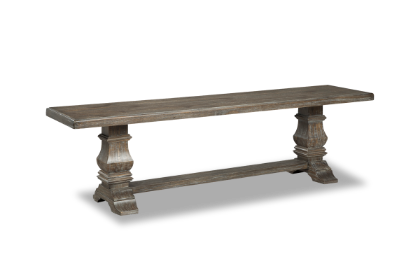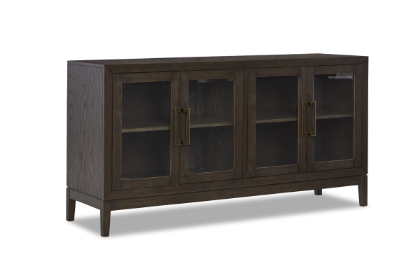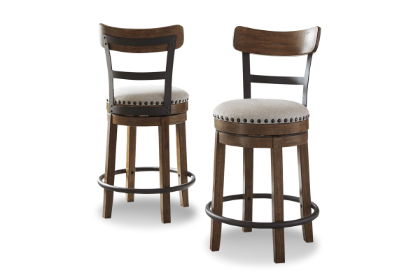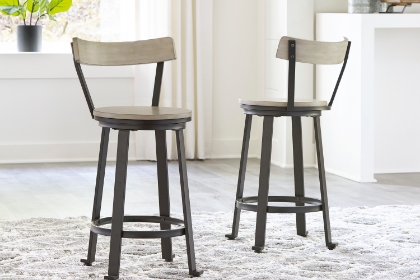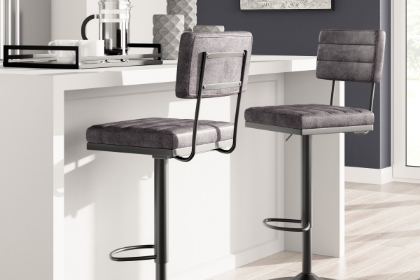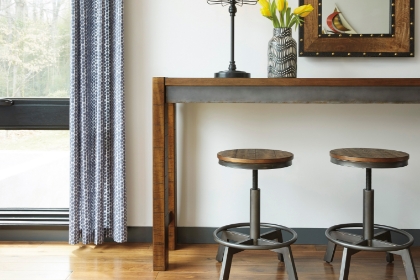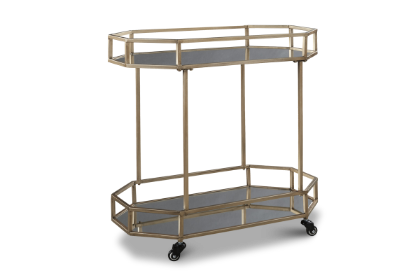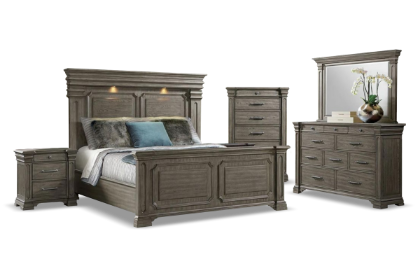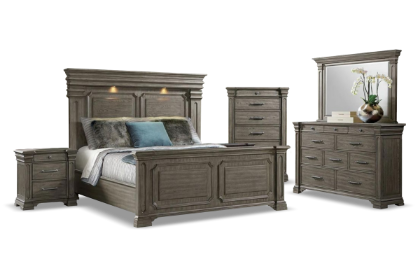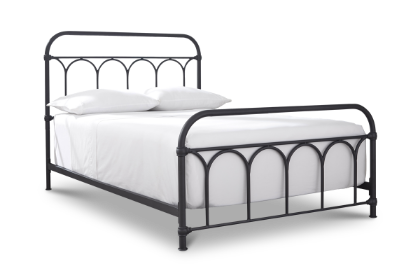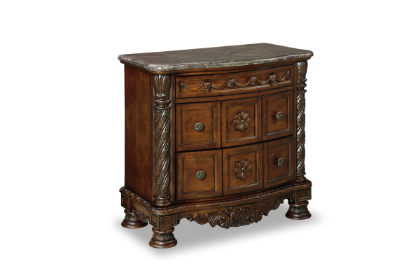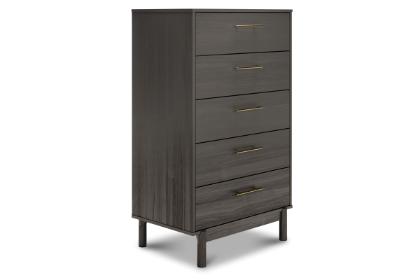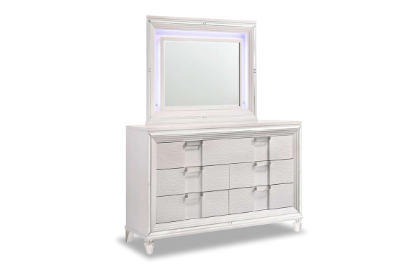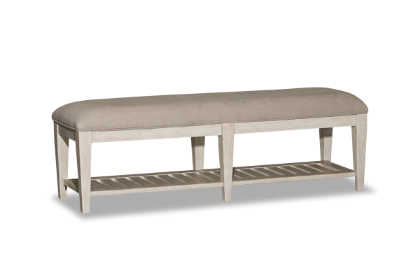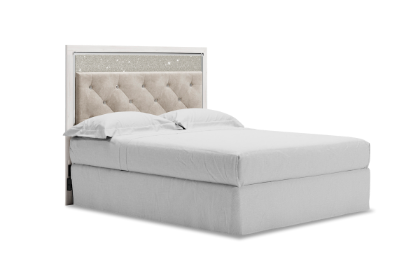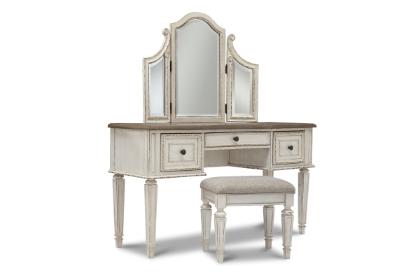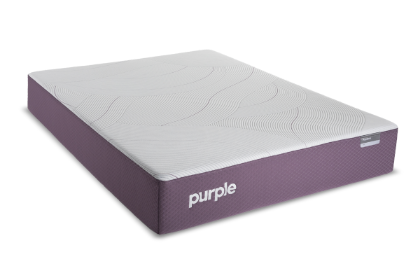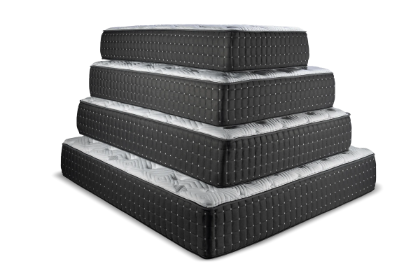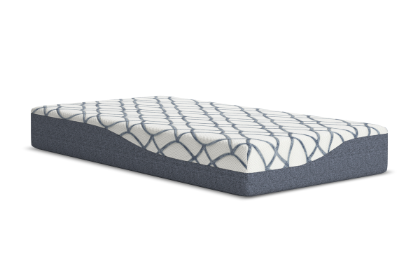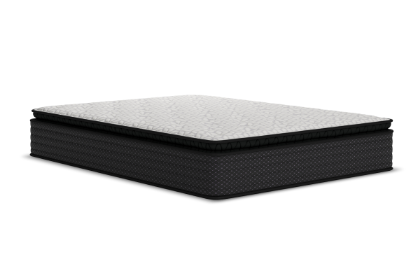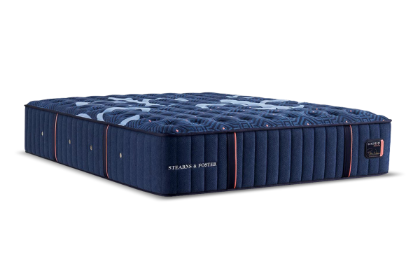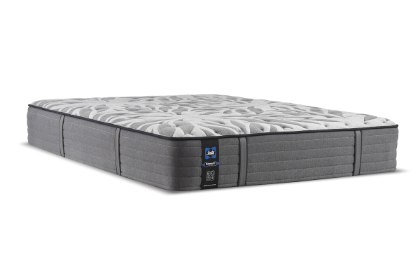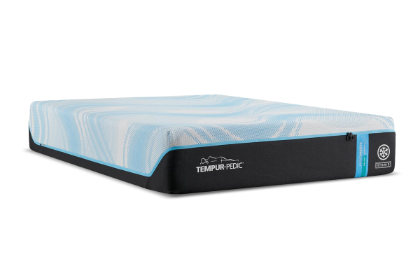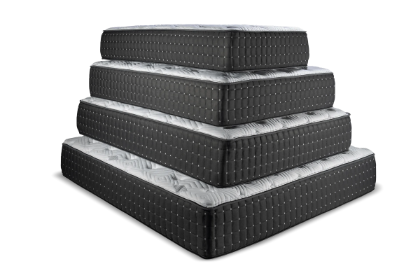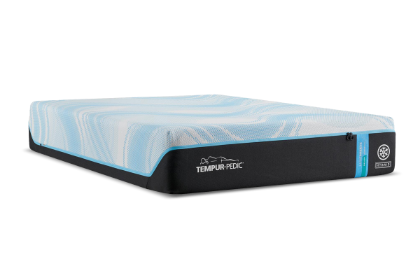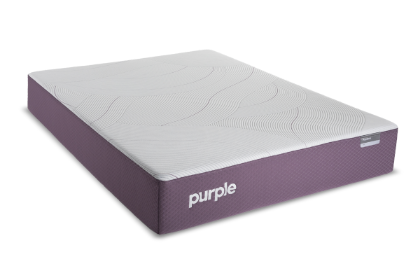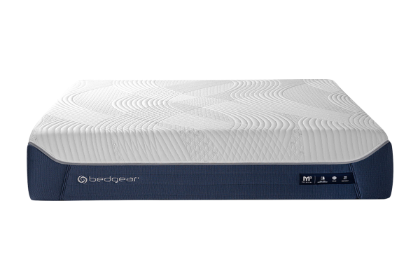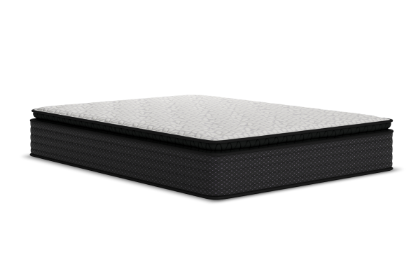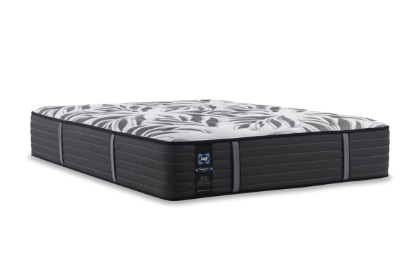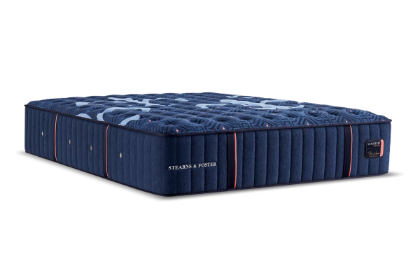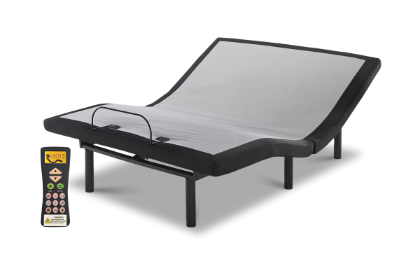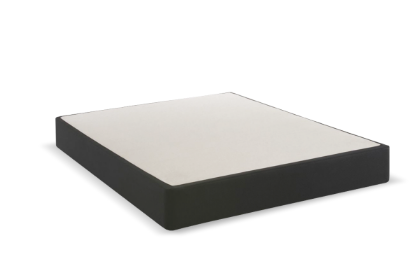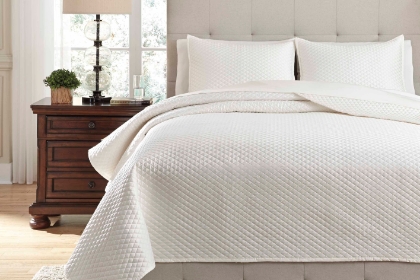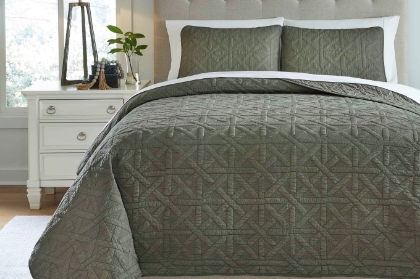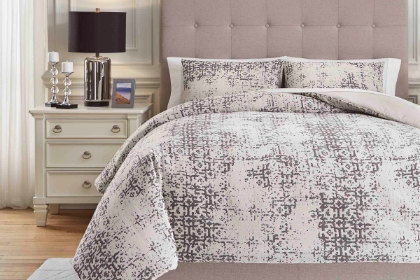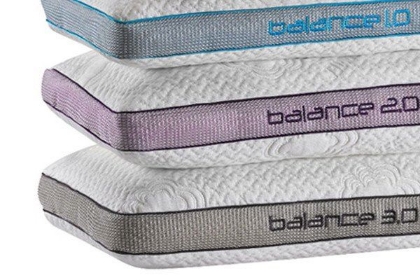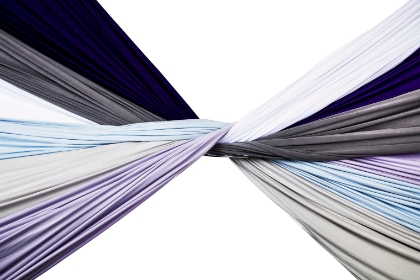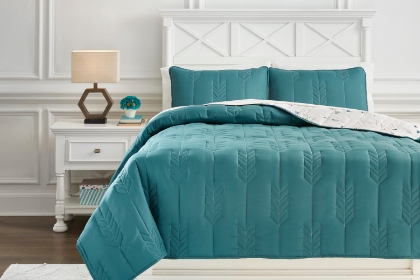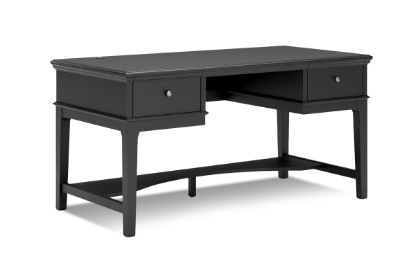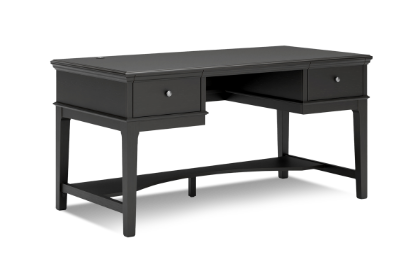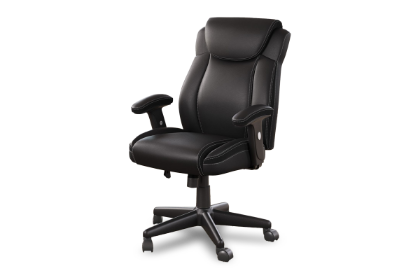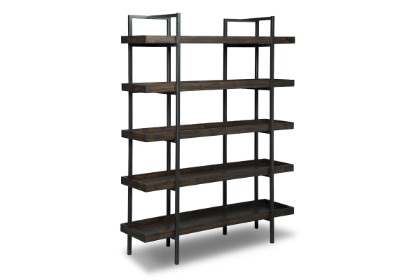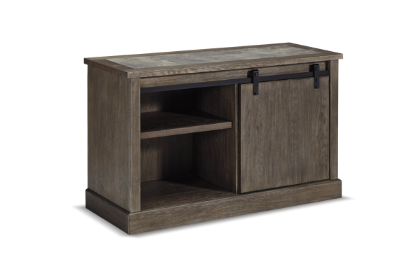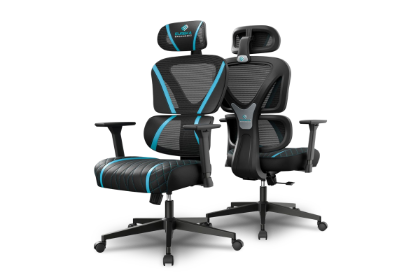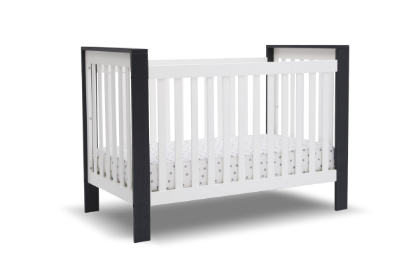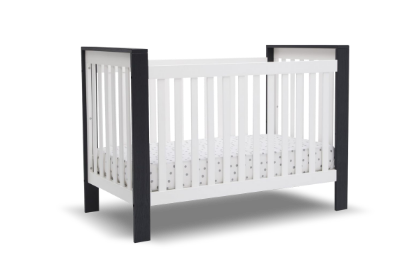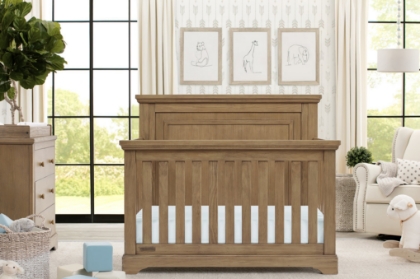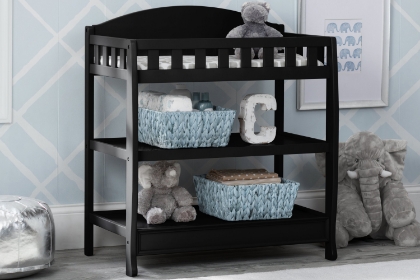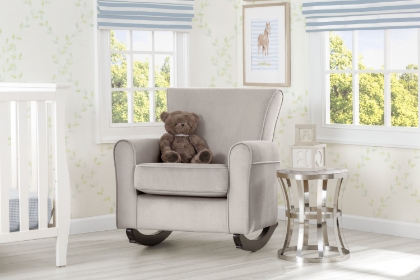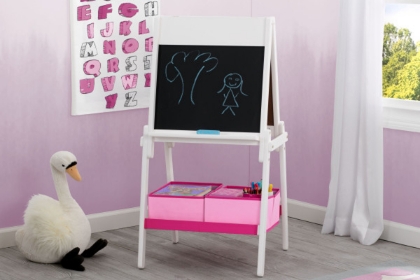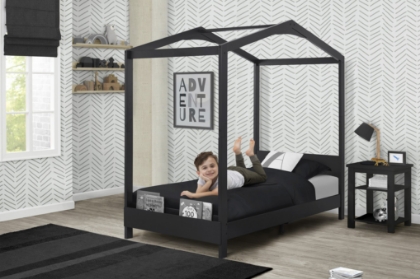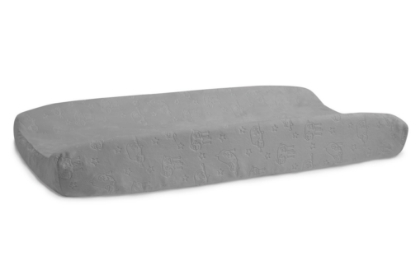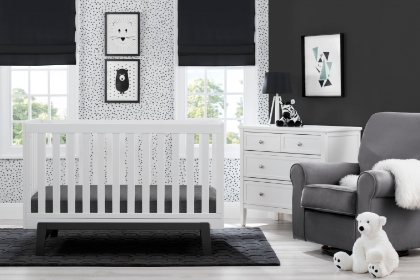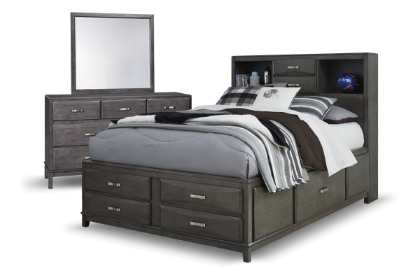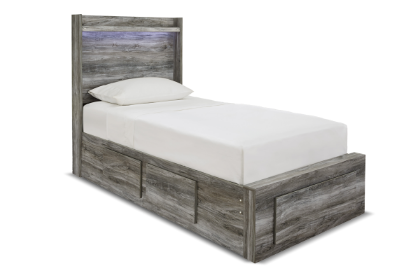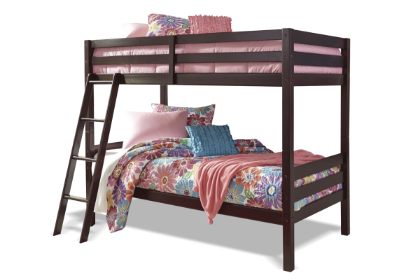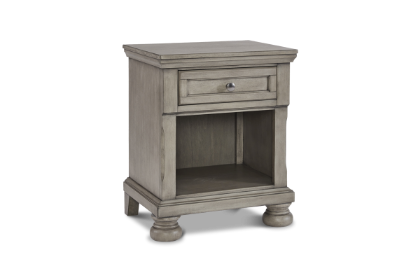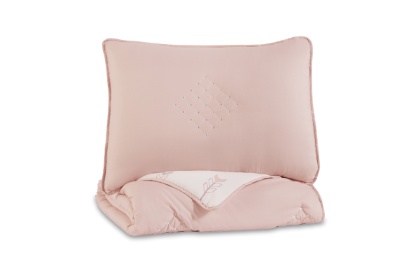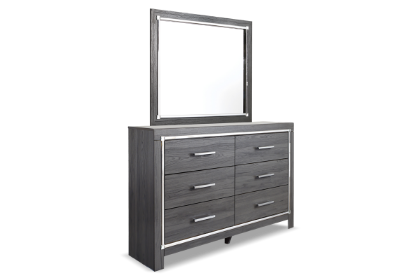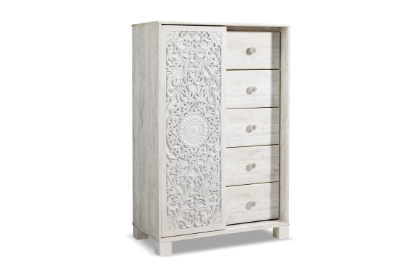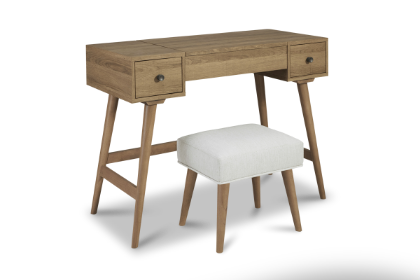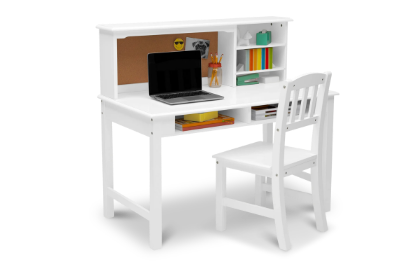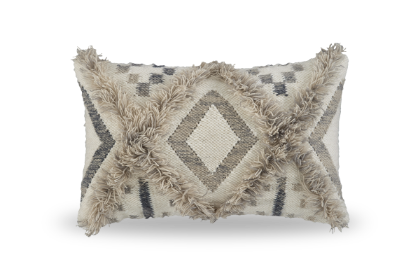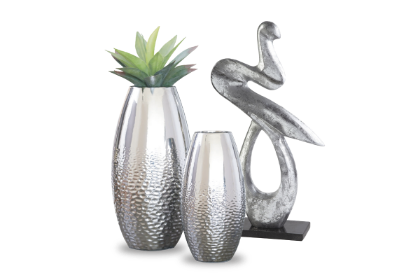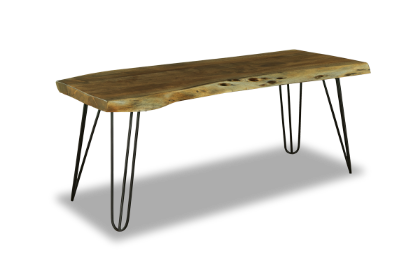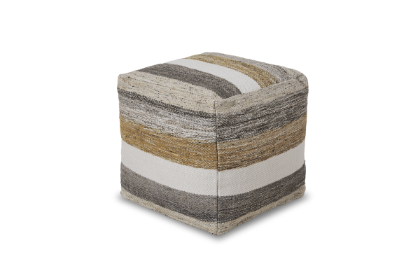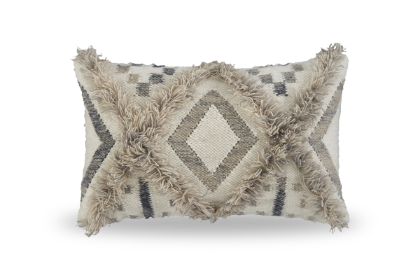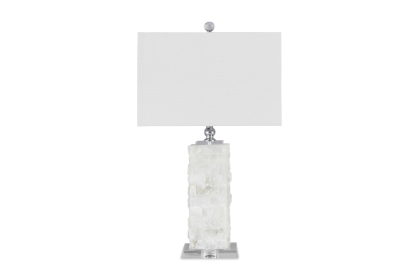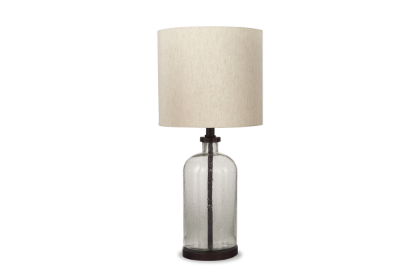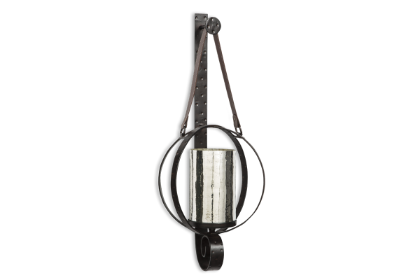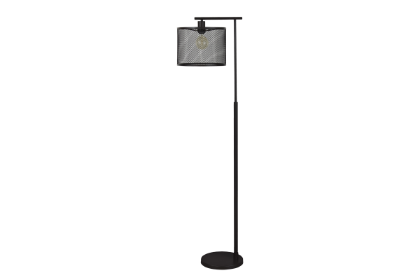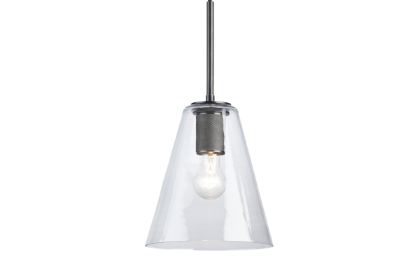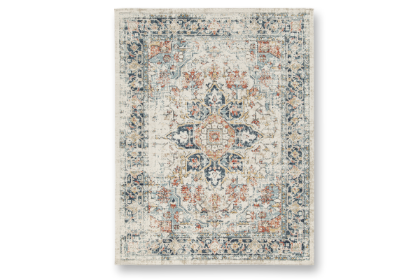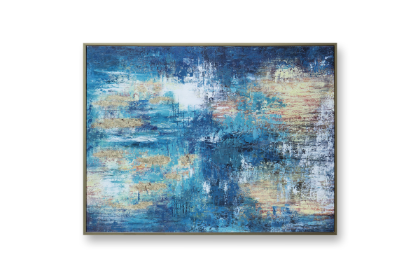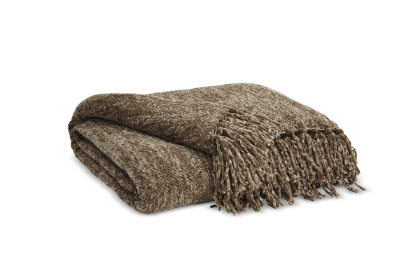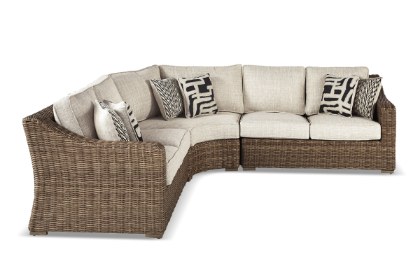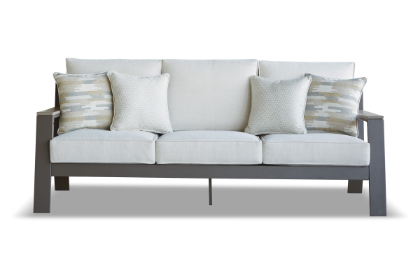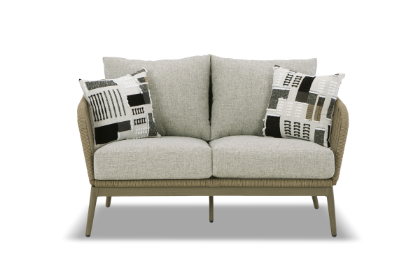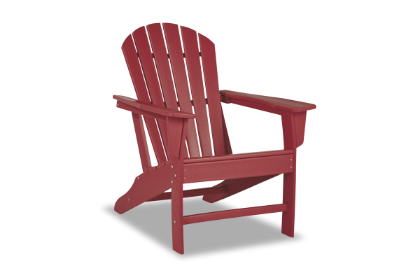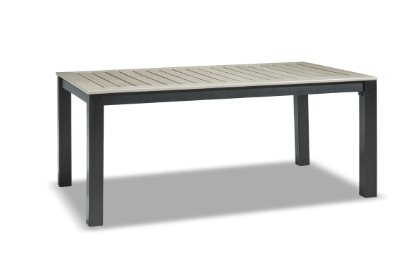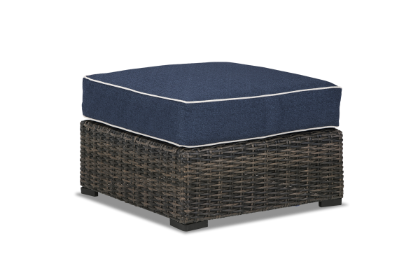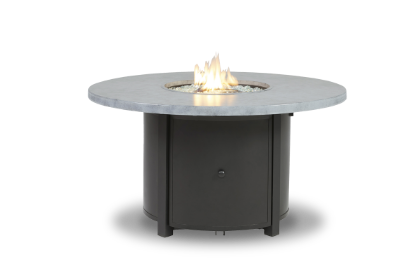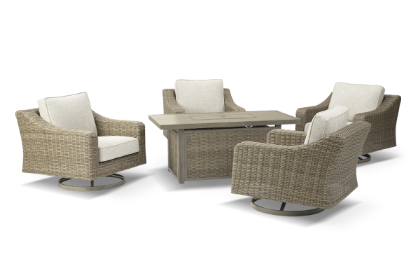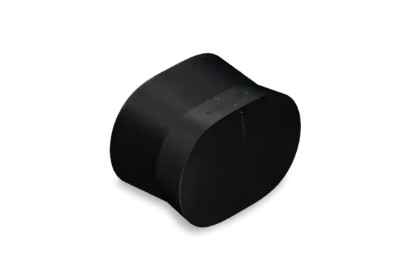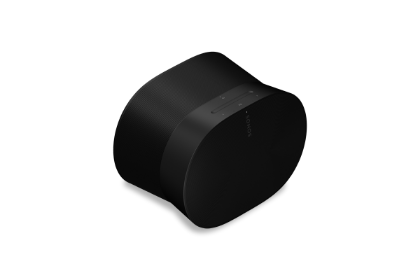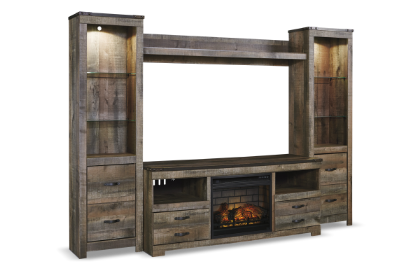 You enjoyed your time outdoors lounging on your patio furniture with family and friends all summer long and look forward to doing it again next year. While most patio products are made to remain outside, the approaching Kansas winter weather could be harmful to your outdoor furniture. Taking the steps now to carefully store your patio furniture for the winter will not only prolong the life of your investment, it’ll also simplify yours come next spring.
You enjoyed your time outdoors lounging on your patio furniture with family and friends all summer long and look forward to doing it again next year. While most patio products are made to remain outside, the approaching Kansas winter weather could be harmful to your outdoor furniture. Taking the steps now to carefully store your patio furniture for the winter will not only prolong the life of your investment, it’ll also simplify yours come next spring.
To keep your outdoor furniture lasting a long time, store everything either in a shed, dry storage space, under a tarp or indoors. If you do use a tarp, make sure it’s tied down securely and leave a gap at the bottom to promote circulation. However, before putting furniture away, it’s important to thoroughly clean and repair all outdoor furniture. Here is a general breakdown on how to care for and store your patio furniture depending on the type of material it's made of.
Wood Furniture
All outdoor furniture made from wood should have a protective sealant applied to it to protect it from any moisture. During the winter, moisture can freeze inside the wood and cause it to crack. Simply putting a cover over it will not work because wood can absorb moisture from the air. It’s best to both seal and cover. If the wood is painted, restore it with a fresh coat of paint. Give it a good wash with a water-detergent-bleach solution and a mildly abrasive sponge. Rinse and let it completely dry before storing.
Plastic Furniture
Plastic outdoor furniture does not absorb moisture like wood does but frigid winter temperatures tend to make plastic brittle enough that it will crack. It’s best to store plastic furniture indoors or in an area where it won’t drop below freezing. Before storing it away, wash thoroughly with a detergent solution and rinse.
Metal Furniture
Metal furniture easily rusts with snow and freezing rain. When rust forms, it weakens the metal and causes it to start breaking down. Before storing it, look for any rust spots and treat it with a rust-neutralizing primer. Smooth the area and then apply a spray paint that matches the original surface. For extra protection, add a coat of automotive wax. It’s best to bring this type of patio furniture indoors, not only for the winter but when it rains as well.
Wicker Furniture
Wicker furniture comes with a lot of nooks and crannies. It’s important to first brush the surface with a bleach and water solution and remove any mildew. Then gently rinse off with a fine spray and let dry thoroughly. Freshen it up with a spray paint and apply a moisture repellent to the feet and legs where the grain may be exposed. When storing wicker furniture for the winter, keep them in a dry place and on top of blocks to keep the feet off the floor.
Cushions & Fabrics
Cushion fabrics can easily be damaged by the freezing and thawing that occurs during the winter. The stuffing inside the cushions can also grow mold and mildew. First, vacuum your cushions and umbrella then wash them with a bleach-detergent mix (one cup bleach to a gallon water, with a squirt of detergent). For cotton fabrics, just use soap and water.
For storage, it’s best to keep cushions in a shed or a storage box and bring them indoors when it rains. If you are storing them in an area where there is a potential for rodents, consider setting traps and wrapping the cushions for extra protection. Keep a tarp over them to stop dust from accumulating.



